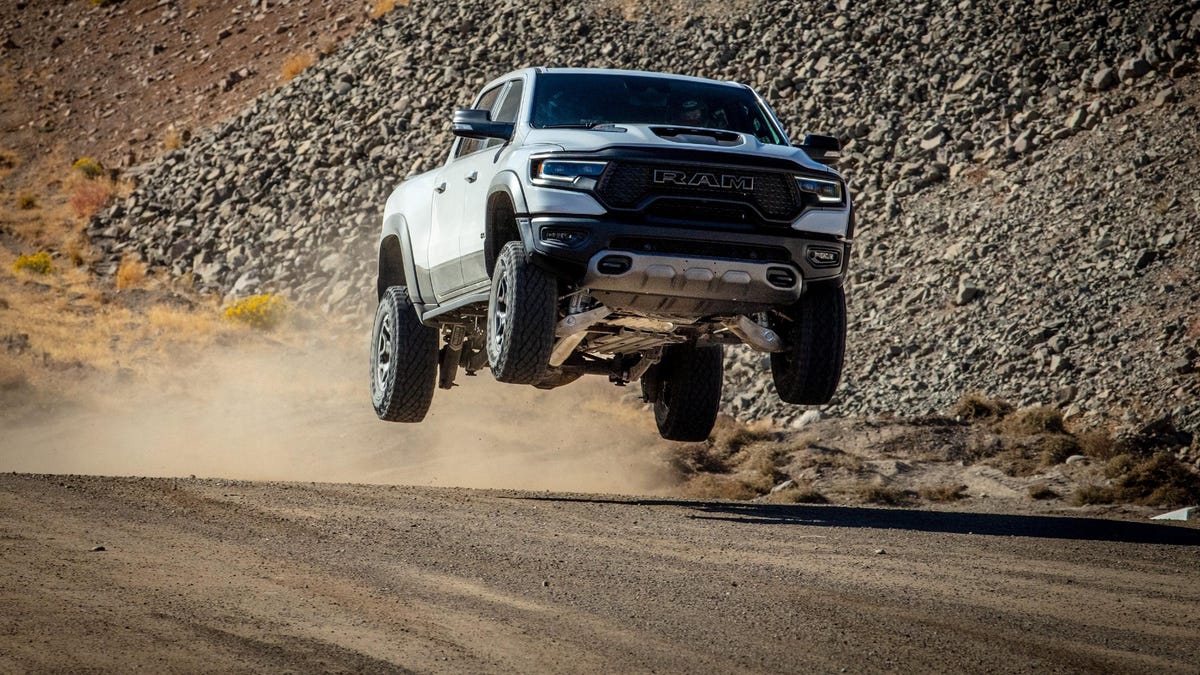Cars are huge now. This is known. These massive vehicles kill more people than smaller cars — this is also known. Yet, when confronted with these facts, automakers seem to prefer complex, expensive, high-tech solutions to reduce crashes, when there’s a much simpler option available: Make cars smaller.
Wired spoke with the chief engineering and technology officer for Stellantis recently, Ned Curic, and discussed this exact problem — how to make bigger cars safe. While he mentioned the prospect of shrinking cars, he stopped short of suggesting it for the States:
Some researchers and advocates have argued that automakers should push customers to understand that they don’t need a long-range electric vehicle with a big battery to meet their daily needs. Do you see customers changing the way they think about battery range?
I’m a big believer in freedom for the customers to choose what’s best for them. Having that selection is critically important. Stellantis is in really good shape from that perspective. We have a broad range of vehicles. We have the Ami and the Topolino. We have the Jeep Wagoneer. We do need to work on the Wagoneer, to put it on a diet a bit. [The gas-powered 2024 Jeep Wagoneer is around 6,000 pounds, depending on the specs; an electric version, the Wagoneer S, will be available in 2024.] I wouldn’t say we’ll push customers. For some of them, range is always going to be important. But we’ll have the selection, and eventually customers will be educated and decide where they want to go.
The Ami and the Topolino, while fantastic little dudes, aren’t available stateside. Instead, we get cars like the mentioned Wagoneer, which weighs approximately the same as a small star — and can hit a pedestrian with the same force of impact. When probed on that front, Curic had this to say:
We talked about making sure cars are safe for their occupants, but what about pedestrians? Advocates worry that big vehicles cause disproportionate harm to people outside of cars. US regulators have proposed new rules that would push automakers to comply with the same kind of pedestrian safety standards that already exist in Europe.
A lot of progress is going to be made on advanced driver-assistance features enabled by sensors and cameras. Most of our vehicles are now very, very smart. If you try to brake, and the system picks up that you’re about to hit something, it will add more pressure on the brake system to slow down and stop the vehicle. I think the biggest progress in pedestrian safety is going to come from that kind of active safety.
We have to be very smart in deploying active safety for vehicle-to-vehicle collisions. The industry and different countries’ governments are dropping the ball on vehicle-to-vehicle communication and vehicle-to-infrastructure communication. For me, personally, this is very painful to observe. Active safety is one area where the whole industry should get together and have the regulators make it very easy for carmakers to communicate between cars, to understand traffic more. Right now we do a lot of experiments with vehicle-to-vehicle communication, but you need to have more cars on the road with the technology to make it useful.
The solution, in Curic’s mind, is tech — not size. But tech increases repair costs, risks the safety of your data, and can add thousands of dollars to a car’s initial purchase price. If safety is locked behind a paywall, can modern cars really be called safe?

